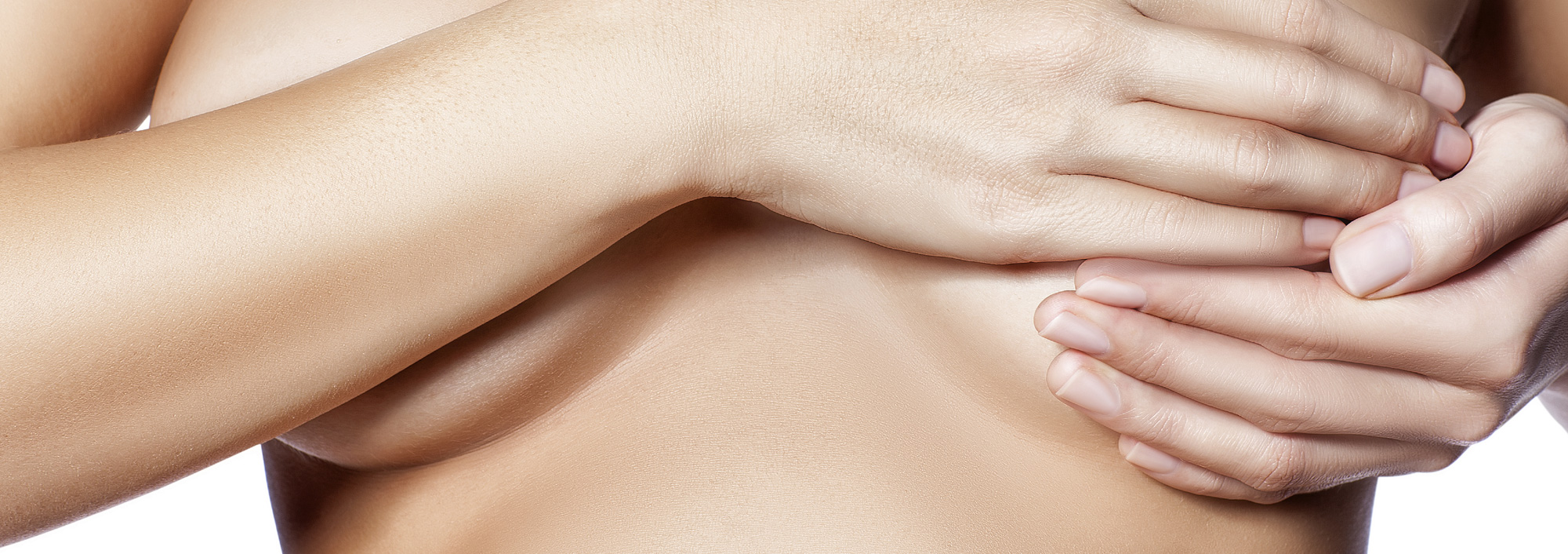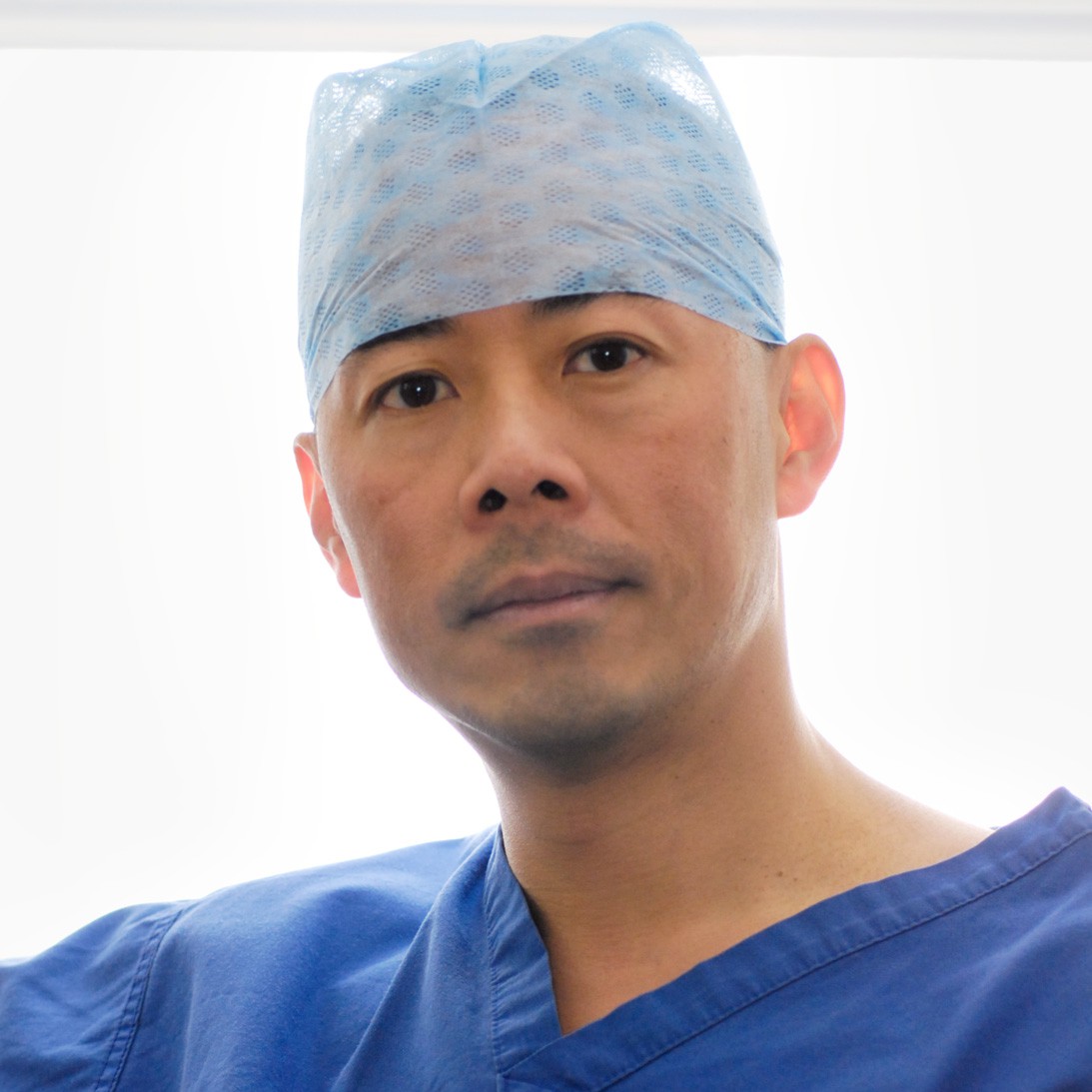
Exchange of Breast Implants

However, it is more often due to a problem and therefore the exchange of implants then becomes a necessity. The most common problems are capsular contracture, implant rupture and implant malposition.
What is it?
However, in a small number of patients, this capsule, for unknown reasons, shrinks and compresses the implant, resulting in a capsular contracture.
This distorts the breast, makes the breast feel hard and can be painful.
Implant rupture and implant malposition can co-exist with capsular contracture, but these problems can also be present on their own.
What does it involve?
When a breast implant is removed, the capsule is left behind as the lining of the pocket that the implant sat in. The capsule needs to be dealt with surgically, even if there has been no capsular contracture.
This is because the pocket needs to be adjusted to accommodate the new implant and cutting into the capsule (capsulotomy) or even removing it entirely (capsulectomy) is part of that process. When the capsule has been addressed, the new implant is inserted into the refashioned pocket.
Occasionally, it may be necessary to create a new pocket for the new implant, rather than refashion the old pocket. For example, a new pocket may be created under the muscle, instead of re-using an old pocket that was on top of the muscle, or vice-versa.
What types of implants are used?
All modern implants are filled with cohesive gel, which provides excellent shape with a very natural feel, and importantly, they do not leak. All the implants I use are covered with a lifetime warranty against rupture and capsular contracture.
There are many different size and shape options to choose from and we encourage you to be part of this process.
For some women, round implants produce a natural looking breast shape but for other women, tear-drop-shaped implants may be more appropriate. During your consultation, we will discuss the size and shape of implant that best suits you.
Biodynamics breast sizing
You can see—and feel—what they'll look like after surgery.
You are welcome to size as many times as you need to in order to find the right implants for you.
What are the risks?
Complications are RARE, but you should be aware of them so that you can make an informed decision.
Every operation carries with it the risk of bleeding, infection and delayed healing, all of which may require urgent or early reoperation. In addition, there are risks that are specific to surgery involving breast implants.
If the implants themselves become infected, they may have to be removed and not replaced until a much later date. There may be malposition of the implant and/or asymmetry of the breast. There may also be loss of nipple sensitivity.
In the longer term, the same problems that originally necessitated the exchange of breast implants can occur again.
Therefore, capsular contracture, implant rupture and implant malposition remain possible in the future, and further surgery still may be necessary.
In some patients, the implants may be felt or may become perceptible through the substance of the breast tissue. If the implants have been placed under the pectoralis major muscles, they may also move whenever the muscles contract.
These phenomena are not harmful, but may be disconcerting unless you have been made aware of them.
Future pregnancies and breast feeding may affect the size and shape of the breasts, and further surgery may again be required.
Finally, future screening for breast cancer is still possible with breast implants in place, but do inform the person performing the mammograms.
What should I expect?
Following surgery, you may find your breasts swollen, bruised and uncomfortable. The pain is usually mild and oral painkillers will control any discomfort you have. Over time however, as the swelling subsides, they will soften and descend to a more natural position.
The recovery period may last between 2 to 4 weeks. You will be able to move around at home in the first week, venture out in the second week, and gradually adopt your normal routine again in the third and fourth weeks. Initially, the implants will feel quite firm and appear to sit quite high on the chest.
During the recovery period it is necessary to refrain from heavy lifting (including small children) and reaching up to high shelves, as well as driving until you are confident you can perform all necessary manoeuvres safely.
You are required to wear a soft, stretchy sports bra with no underwiring for the full recovery period.
Our practice nurse will keep in close contact with you whilst you recover at home and you can contact us as often as you wish. Generally, you will have a follow up appointment at one week and one month postoperatively.
However, if there are any problems or concerns, you will be seen more frequently than this, or as often as you wish. In the longer term, you are welcome to see Mr Ng for a checkup at any time and all follow up appointments are free of charge whether they be at 2 months or even 10 years post operatively.



